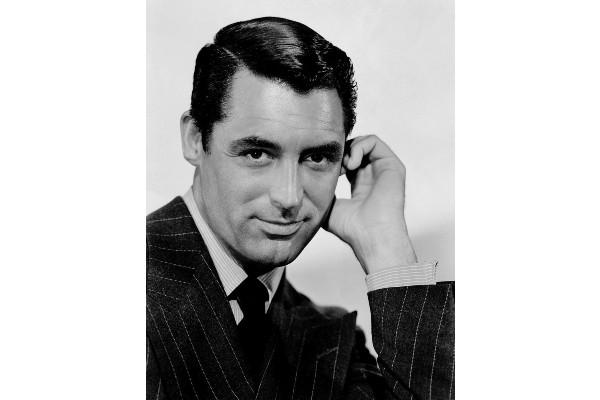Coaching moves
--600.jpg)
This blog may just look like an excuse to mention Strictly…it is really! Seriously though I do use this expression quite a bit when trying to demystify coaching, so I thought why not give it a whirl round the dancefloor?
“Doing coaching” can feel like a big and daunting change in style. It’s all a bit formal with models to follow and lots of skills to think about. It’s a bit like learning a new dance…no, I will definitely leave the Strictly references now.
There are lots of benefits to adopting a coaching style. As managers we want our teams to grow and develop, we want to delegate successfully, build knowledge and experience in our people, develop talent, engage others in an enriched job experience…the list goes on. We need to get on with it because, put simply it makes good business sense. There are risks in only you knowing how to handle situations or do tasks and lets face it, you probably have other things that need your time and energy – all the leadership stuff that stays in the important but not urgent yet box!
But where to start? I like to explain it as taking a normal conversation and shifting it slightly. When we adopt coaching as a management style, we act as a guide; moving the conversation into a place where there is less chance of being “stuck” and more chance of finding the clarity and commitment to do something different. Even if it is just to view a situation in a different way.
Coaching models can help us with the process and the skills of listening well and asking good quality questions are crucial. But I want to share what I call the “coaching moves”. The little guide in our head to help shape the conversation:
Past to future: I do like the Nigel Risner quote of “the past is a place of reference, not of residency.” The history of an issue is important context and as a coach it’s important you give the other person “a good listening to” but don’t get too far into the bog of the detail. Move the conversation into “what’s next?”, “what do you want the future to look like?”. One of my personal favourites is “what are you trying to achieve?”.
Others to self: yes, there may be a protagonist and they will be “wrong”! Again, it is important to listen to the story and the perspective but when you get the chance guide the conversation into the areas of “what do you want/need out of the situation/work relationship?”.
General to specific: when we are aerated about a situation we can fall into big sweeping statements, “they always”, “it never”, that kind of thing. As a guide we can bring focus with a well-timed challenge of broaching (gently) “always?”. Be a bit careful here and it’s best done where the relationship is a trusting one. Safer ground is the less challenging “have you got an example?” This can get you on a more specific track and hopefully start to bring the problem into a more manageable size.
Problem to response: talking about a problem sometimes just makes it bigger. We know that’s happening when the conversation goes into the territory of “and another thing”! Getting onto the track of self-control is a key coaching move. You can start gently with “what have you tried so far?” or go for the future aims again with “what would you like to happen?” but you can also try the technique known as ‘scaling’. As an example, if someone has a problem with a new task you can ask “on a scale of one to ten, how confident are you?”. Should they say “4” then you would respond with “ok, what would you need to do to get to 5?”. What you’re doing here is helping the person to take manageable steps. While going from zero to hero can seem a good idea it can simply be too daunting.
I hope you found this an interesting take on the topic and remember…keep…coaching! I’ll get my coat…
Audrey Macnaughton is a leadership trainer and coach, and you can get in touch with her via audrey@2macs.com








